Why Podgorica is Europe’s most boring destination
/Two abandoned tyres in a river was genuinely one of the most photogenic parts of Podgorica.
I find it hard to resist the allure of a capital city.
A capital city represents a safe bet for a city break. They’re usually the administrative and economic hubs of a country or state, attracting politicians, businessmen, visitors and tourists.
This means that there will be no shortage of infrastructure, restaurants, cafés, bars, museums, interesting architecture, places of worship and attractions.
Or so I thought.
I’d been toying for a while with the idea of going travelling in Southeast Europe for some time. One of the continent’s lesser-travelled realms, it still contained a good portion of European nations that I was yet to visit, but the logistics weren’t easy.
Macedonia, Kosovo, Albania and Montenegro were all on the hit list, and their close proximity made them eligible for a four-county travel trail.
I’d also thought about breaking that down into two or more trips. Kosovo is reachable from Macedonia, and there are direct flights on budget carriers from the UK to three of the four nations.
One of those routes is London Stanstead to Podgorica, the capital city of Montenegro.
Amazing sunrises and sunsets are features of a summer stay on the Montenegrin coast.
Montenegro is an interesting country, tucked in between Bosnia and Herzegovina and Albania on the Adriatic coast. Its coastline is incredible, stunning even. A testament to Mother Nature and the beautiful ruggedness of her child. It is where cascading mountains meet elegant Mediterranean sea and a host of charming port towns and villages await the yearly influx of tourists.
But Podgorica, in reletive terms, isn’t near the coast. It’s over an hour away by road and seems as though it’s in a different country altogether.
In retrospect, I’m glad I never commissioned a two or three night break in Podgorica.
Doing it as part of a package where we would go from Luton to Skopje, to Pristina, then Tirana before reaching the Montenegrin heartland was a wise choice, in a roundabout way.
After little research concerning the place itself and more emphasis put on travel time between destinations, I decided a two-night layover en route from Albania to Tivat would be a good idea. A chance to split a five-and-a-half-hour journey in two.
It was a safe bet. Podgorica, as the capital city of a European nation, would have plenty going on. Certainly enough to fill two days of activity, and act as a worthwhile buffer between two other places. If it’s on Ryanair’s route map, there must be something going on.
Oh, what a bout of misjudgement.
Spotted in Podgorica: a cow outside of a petrol station.
The questions started arising when I downloaded a map of Podgorica on my Google Maps app. It didn’t look very big, which is surprising. Usually maps of capital cities look like a mass of roads, with a few parks sprinkled in there. But it’s hard to get a feel for a city just by looking at a map, so I thought little of it.
We’d left Tirana in the morning and were scheduled to reach Podgorica by the afternoon. As we got closer to the city, what was countryside or wasteland didn’t seem to be disappearing, nor was there a cosmopolitan marker of skyscrapers and structures in the distance.
After pulling into the bus station, I made the assumption that we were away from the core of Podgorica, and we were. Unfortunately, I’d booked the hotel in proximity to where we disembarked, as opposed to the city centre itself.
At that point it seemed more of a plus than a minus.
We checked into the hotel and headed straight out. There was no point in hanging around as we only had a day and a half there, and the intention was to make the most of it.
So we went out and got our walking boots on, as we were staying about twenty minutes away from downtown. A helping of Balkan speciality ćevapi preceded the first item on the itinerary: Podgorica Old Town.
Now I’ve been to many old towns in many different cities all over Europe.
I’ve explored their wonderful streets, stood in awe at their amazing architecture, had drinks in quaint cafes and bars, and dined with true tradition.
So I’d be forgiven at scoffing at an old town which comprised of the backs of some houses and the driveways of others, in addition to a small mosque. I felt more like I’d wandered down some back alley as opposed to an area of great culture and history.
But I’m more optimistic than that and felt that there was more to Podgorica than just the dust-covered tracks of an underwhelming old town.
I was determined to look past this black mark, and so we soldiered on.
We continued in the direction which we entered the old town and headed out towards the Moraca river, crossing a long bridge which spanned its breadth.
Naturally, I was interested, and I looked over the river to check it out. But my attention quickly shifted and my eyeline rose. Across the river, about a mile away, I could see the remnants of an old, disused waterpark.
It looked as though at one point it was a place of fun and good times, but its state of disrepair looked straight-up abandoned fairground creepy.
Little did I know at that point that the waterpark was the perfect euphemism for the rest of this city.
I had a few other points of interest scheduled, so we headed to the next destination, and Podgorica’s crowning glory: the Cathedral of the Resurrection of Christ.
What was a nice looking church was incredible inside. The ceilings and walls were covered in biblical collage, and the obnoxious golden-yellow background made everything pop.
But it wasn’t quite enough to salvage the drab affair unfolding in front of us.
We’d been out for a couple of hours, yet we still hadn’t even seen the very centre of Podgorica. I find value in everywhere I go, but here I was struggling.
We’d been out for so long, yet not even ventured to the main drag. That wasn’t due to a plethora of other activity on the outskirts. Our encounters so far had mainly been with graffiti, potholes and garbage bins.
We were also thirsty having been out in the sun for a while and needed a drink. Even finding a café or restaurant was becoming a challenge.
So I had to go back to Google Maps.
Eventually we found our way, and the city centre boiled down to a pathetic crossroads of eateries and watering holes, as an uninspiring square that was hardly worth seeing.
As we sat down I connected to the Wi-Fi and began searching. The lifelessness and bland outlook that I perceived Podgorica to have had been picked up by many other people.
A lack of art, interesting museums, attractions, restaurants and other things to do seemed to be problems people had with their visits to this part of Montenegro. My own findings backed these notions up.
After the first day came to a close, I surmised that the two best things to do here were a cathedral and a bridge. That may pass in a place like Vatican City, but here it just contributed to a depressing profile.
Watching the sunset across Podgorica's Millennium Bridge.
We didn’t return to the centre after leaving. Instead the second day was spent hiking up to Cijevna waterfall, a way away from the city and our hotel. It was time well spent, even if when we got to the waterfall we ended up finding a dry canyon. It was as though the river became so fed up with Podgorica, it decided to leave.
Standing atop the barren Cijevna waterfall, after hiking almost two hours to get there.
So where has it all gone wrong? How can a country’s capital fail to have half-decent provisions for visitors?
Through the despair felt during a visit to Podgorica, it’s hard to remember that the main focus of Montenegro’s tourism industry lies on the coast.
Demand will surely play a large part in the financing of tourism-related projects and activities, and in Podgorica it’s probably just not there.
Having said that, it’s the country’s administrative, economic and educational centre. It doesn’t exactly need tourism. But then you do feel a little sorry for locals. Podgorica isn’t the worst place to live on Earth, per se. It’s just painfully boring, and there didn’t even seem to be much for the locals to do.
The strange thing is that it has potential. By virtue of being a capital city, Podgorica has the platform to become a destination that people want to visit.
Podgorica Airport shouldn’t just be a gateway for Tivat and Kotor. In my opinion, local officials should look to cash in on the opportunity that welcoming customers from a variety of major European airlines presents, especially in the colder months when the seaside becomes a limited option.
So can’t Podgorica be THE destination?
Well, it can. But from what I saw, there’s a long way to go until that becomes a reality. I was fortunate enough that our visit was a simple buffer between Tirana and Tivat. I wasn’t expecting much, but I feel for those who make dedicated trips to Podgorica because they’ve seen cheap flights to a country they haven’t visited before, and so decided to go for it.
We eventually departed for the next stop at four in the morning. We arrived back at the bus station to be greeted by a number of homeless people. They were flat out across seats and fast asleep. Sure, it was shelter for them, but they probably couldn’t bring themselves to take refuge on those Podgorica streets. And who could blame them?


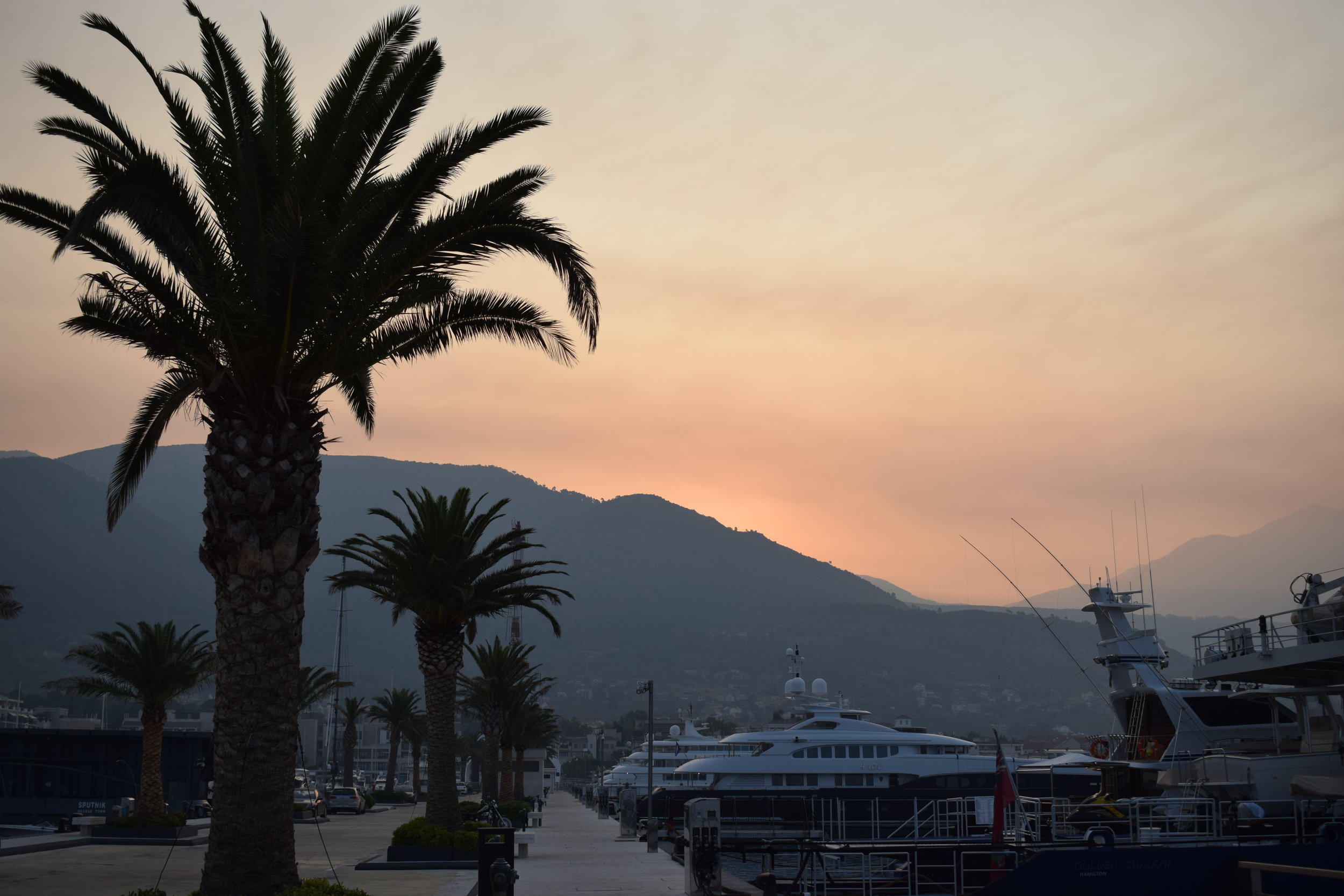


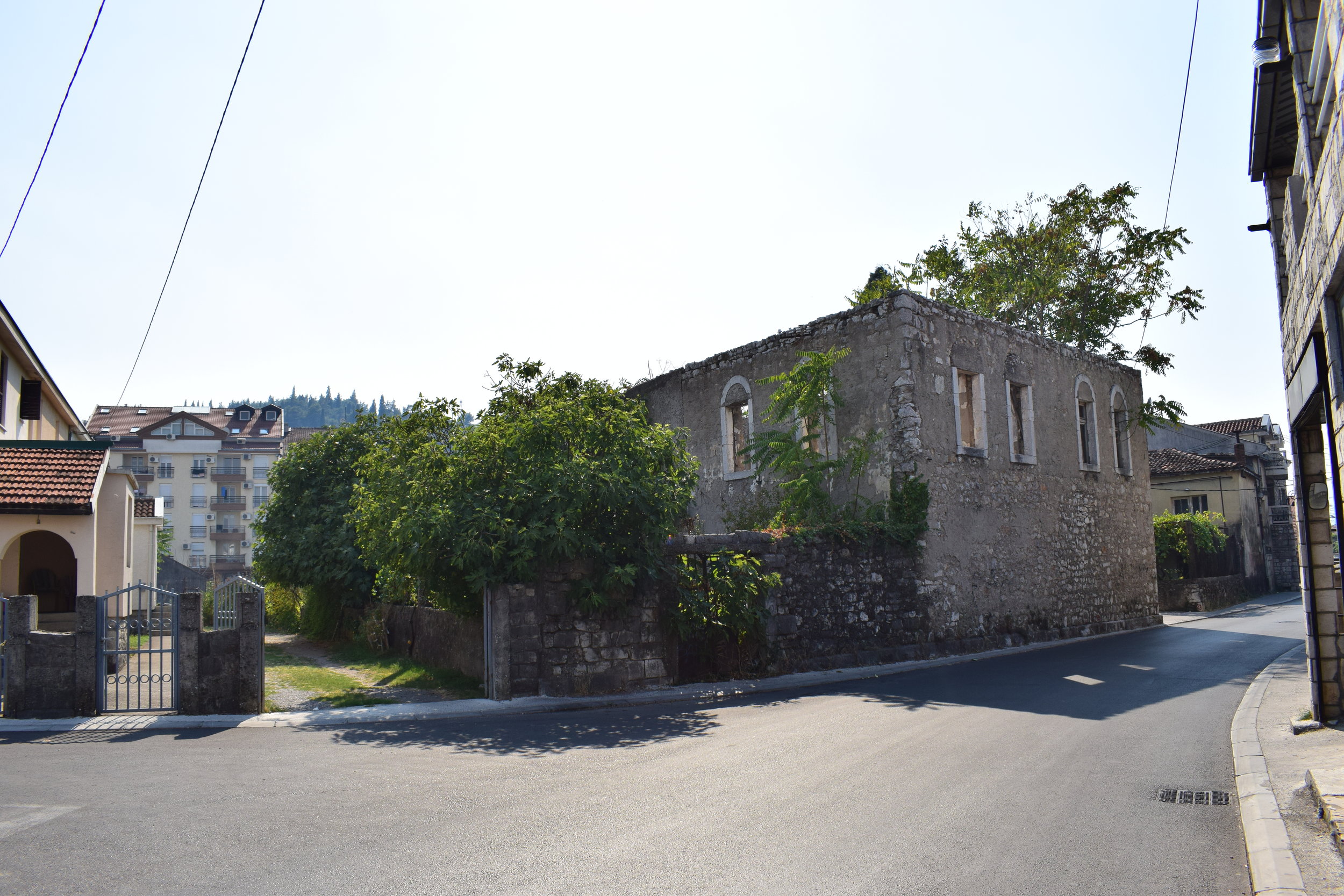




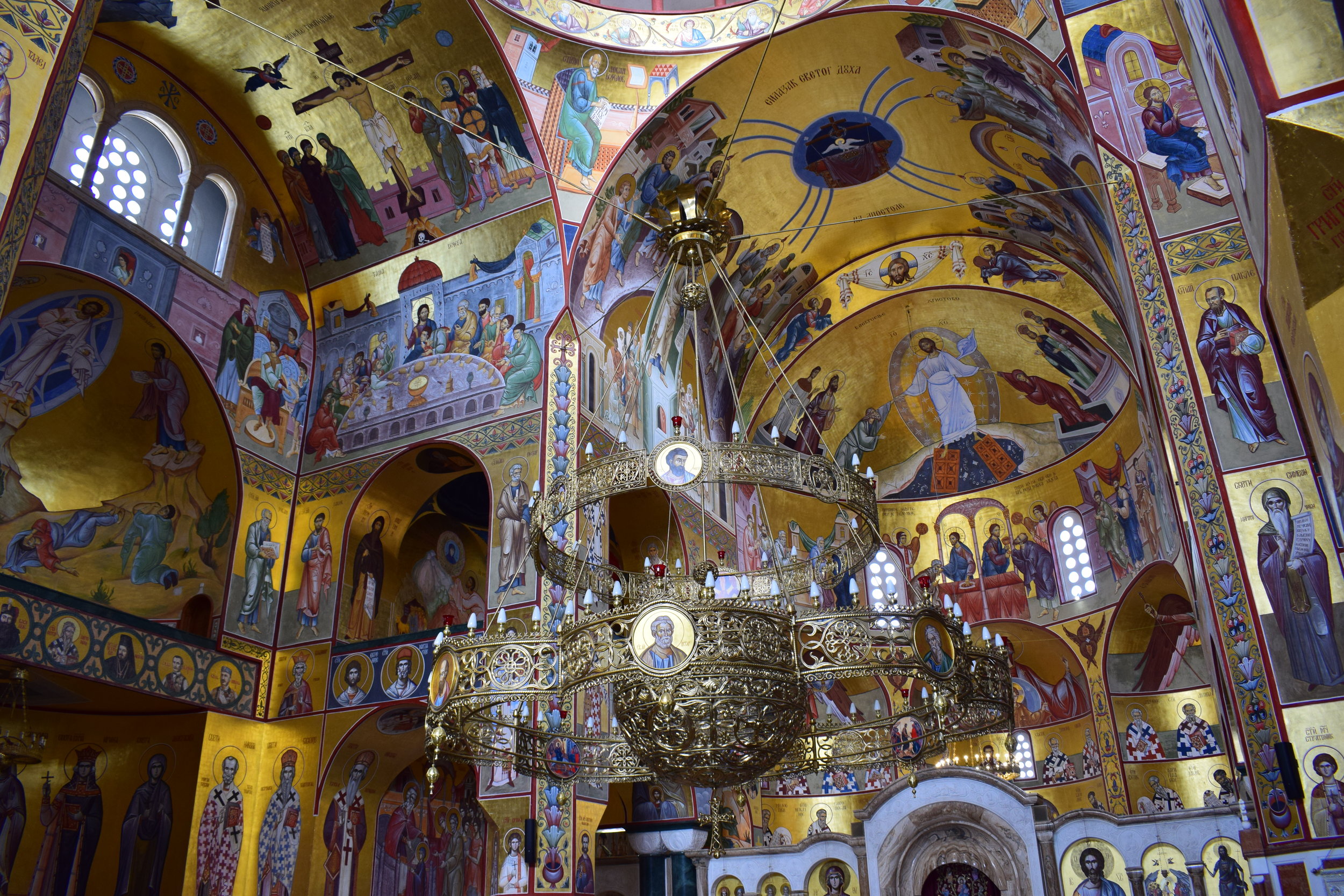
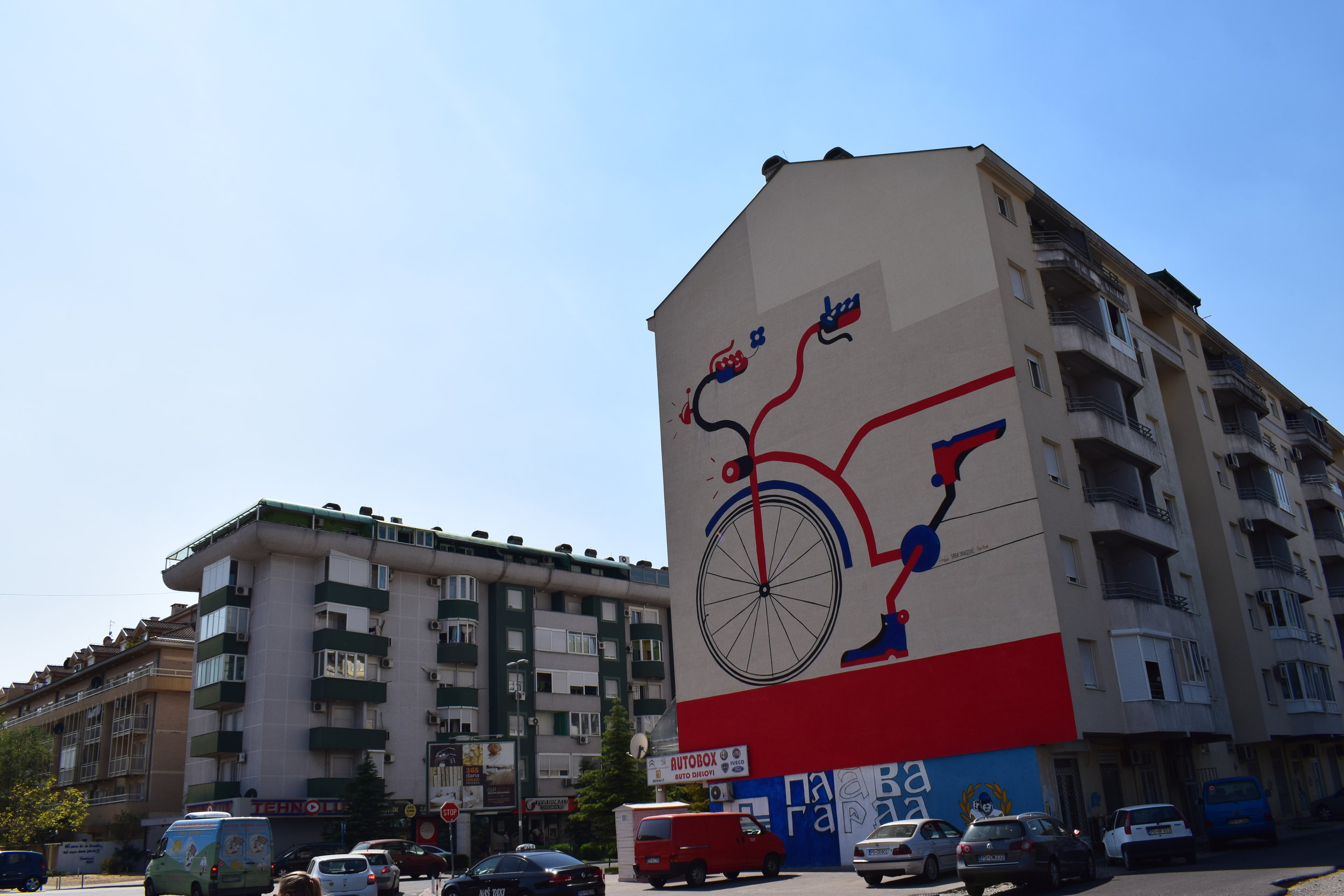

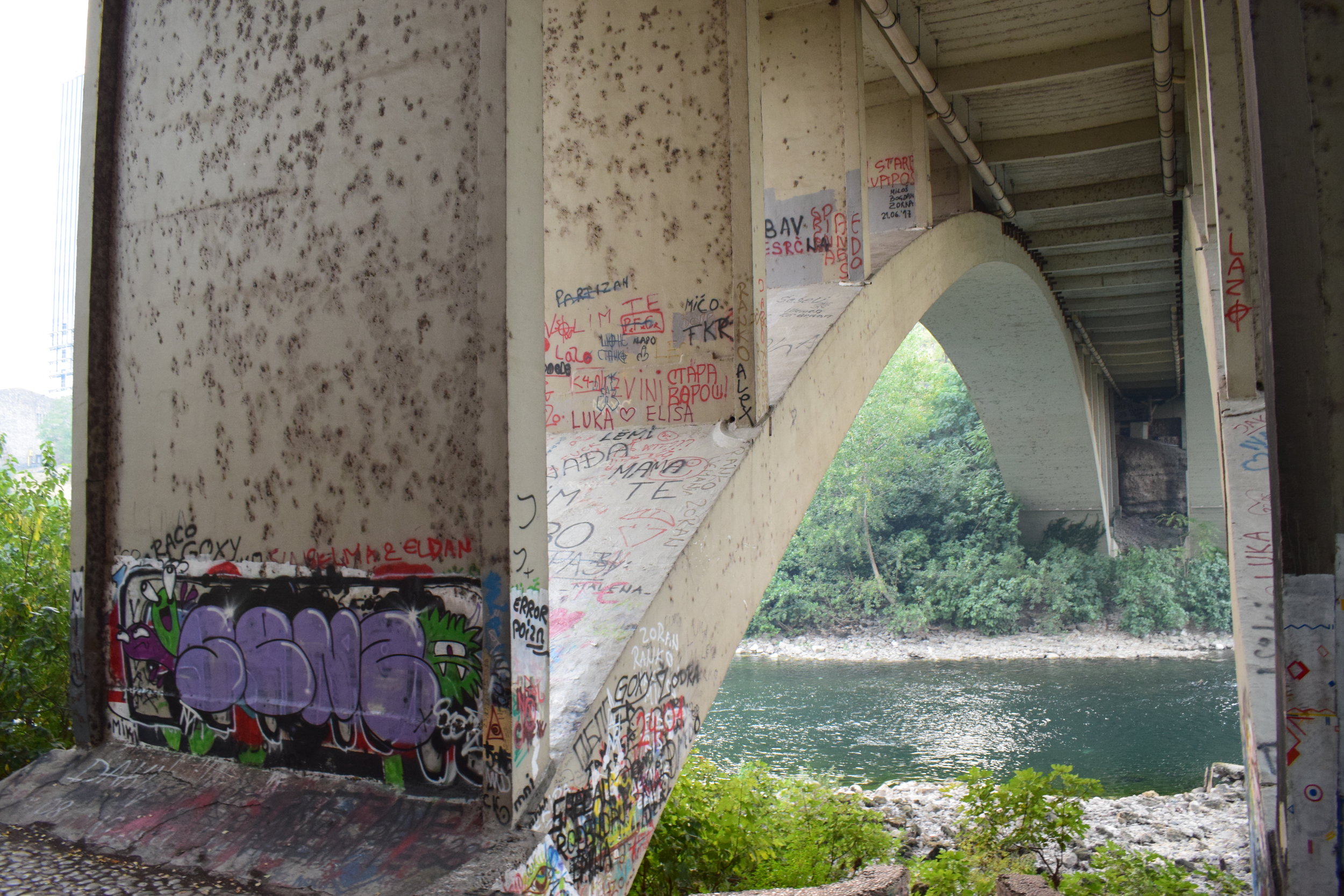









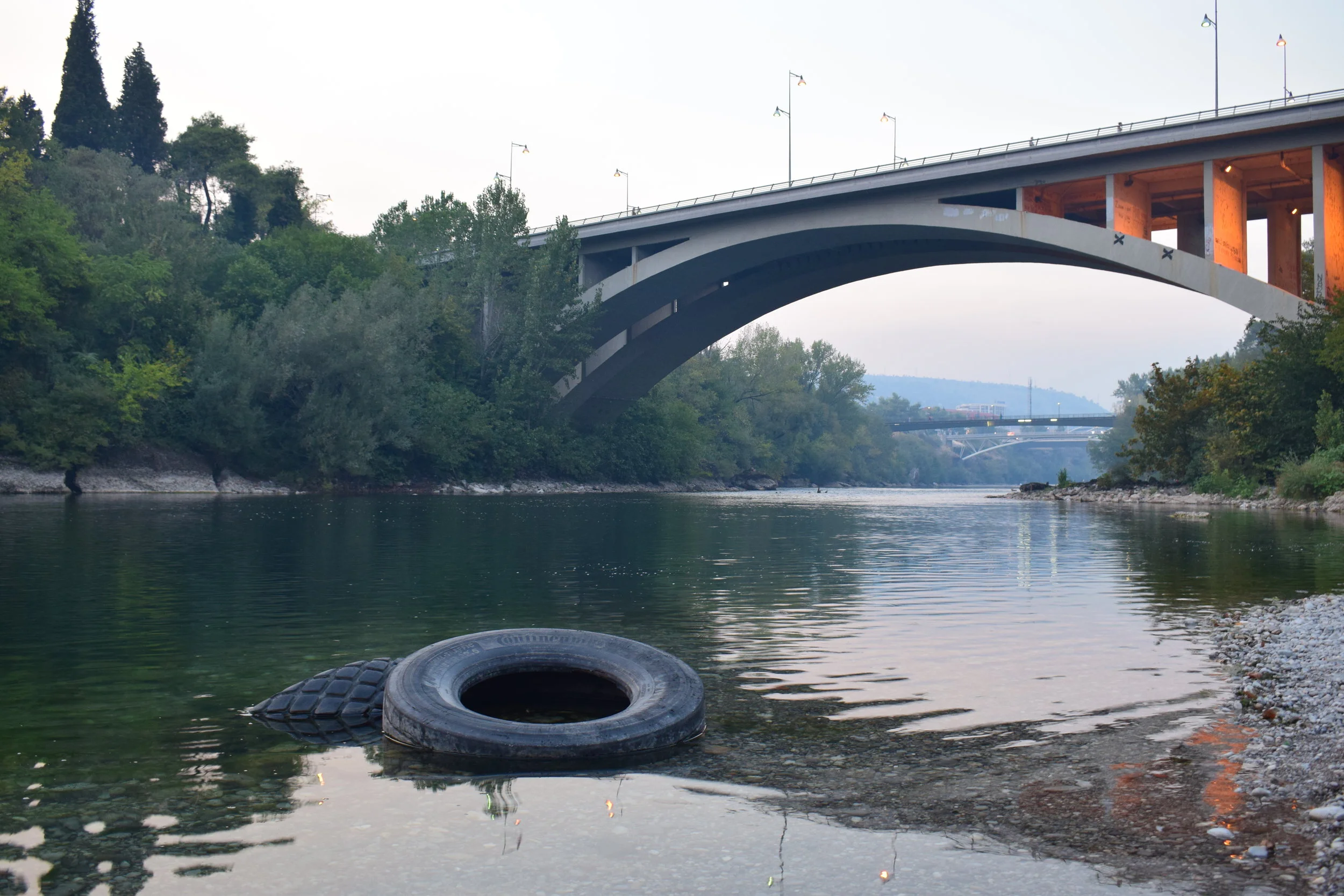











Every travel destination has its redeeming features, but some are truly amazing. Here are five extraordinary places that completely wowed me – from Iceland to North Korea.